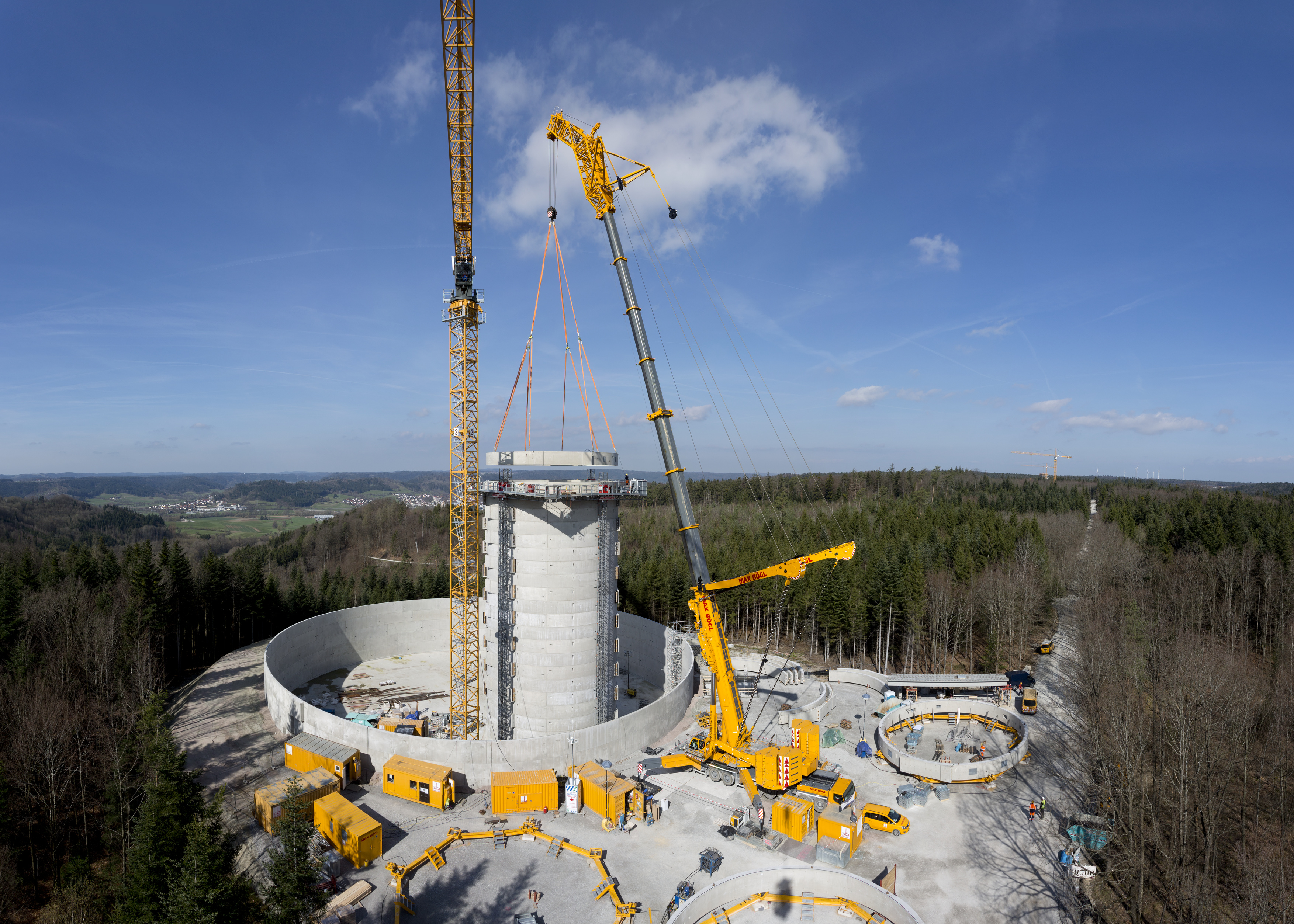You’re a very difficult person to communicate with, MrDibble.
Yes, go back re-read what I said.
“You’re saying that there is no evidence that anything at all was pulverized. Understood”
Thus no mortar, thus no aggregate material to be differentiated from such. We *are *actually saying the same thing despite your insistence otherwise.
Except that’s not even close to what you did. You said, “…wait, so you didn’t find that the sedimentary structures that are said not to exist, actually do exist, “convincing” enough?” And you simply cannot make that inference from anything I said. I didn’t have the time nor inclination to bulletize the entire article, so I picked 2 NEW points which had not been previously made to highlight as compelling evidence.
Again, you assume much. I didn’t miss it. They were simply points that you’d already made. Would it make you feel better if I said, “Hey wow, this article agrees with you on that point that you said it agreed with you on?” I mean this is the intellectual equivalent of me giving you a handjob, but OK, sure … it does. Once again, I quickly culled 2 points from that article that had not previously been made in this thread. Is this a felony or misdemeanor in your universe?
Well I’d say think more like a contractor and less like a geologist. Maybe there’s a odd shape or difficult placement to deal with. Or perhaps a pile of gravel and extra mortar (from the “grouting” hopefully you don’t deny that mortar was indeed used in some fashion) that they just wanted to be rid of?
Regardless, you and Bob have provided enough data to sway me back into the quarried camp. It’s odd that over the years, I’ve seen many publications (without really ever trying to find them) from the caster camp and rarely ever any counter claims from the quarry camp. So it’s likely I’m a victim of the wrong people speaking the loudest.
